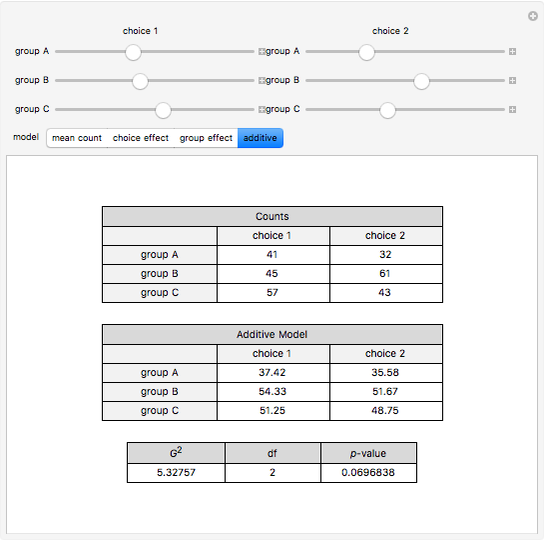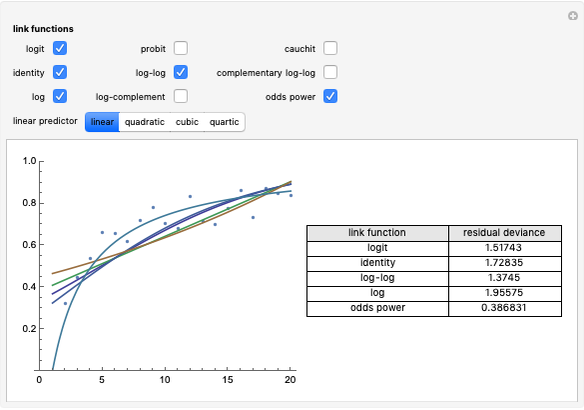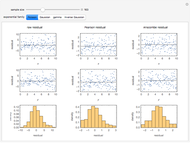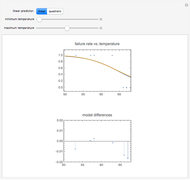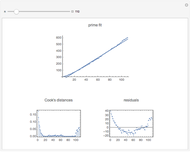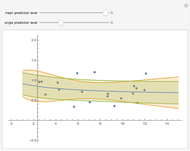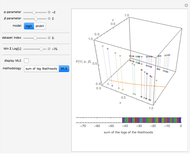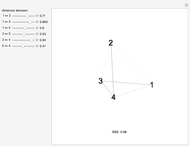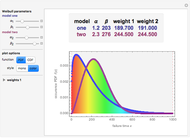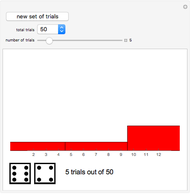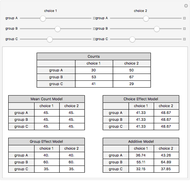Comparing Models for Two-Way Contingency Tables

Requires a Wolfram Notebook System
Interact on desktop, mobile and cloud with the free Wolfram Player or other Wolfram Language products.
A contingency table is a table of counts by categories. This Demonstration uses a twoâ€Âway table with the categories "choice" and "group". The Counts table represents actual counts and the four additional tables give the expected counts for four models for the data. For each model the total count for the table is the same.
[more]
Contributed by: Darren Glosemeyer (March 2011)
Open content licensed under CC BY-NC-SA
Snapshots
Details
The underlying model is a logâ€Âlinear Poisson model. The categories are treated as nominal predictor variables and there is no interaction between the predictor variables in the four models shown.
Permanent Citation
"Comparing Models for Two-Way Contingency Tables"
http://demonstrations.wolfram.com/ComparingModelsForTwoWayContingencyTables/
Wolfram Demonstrations Project
Published: March 7 2011






